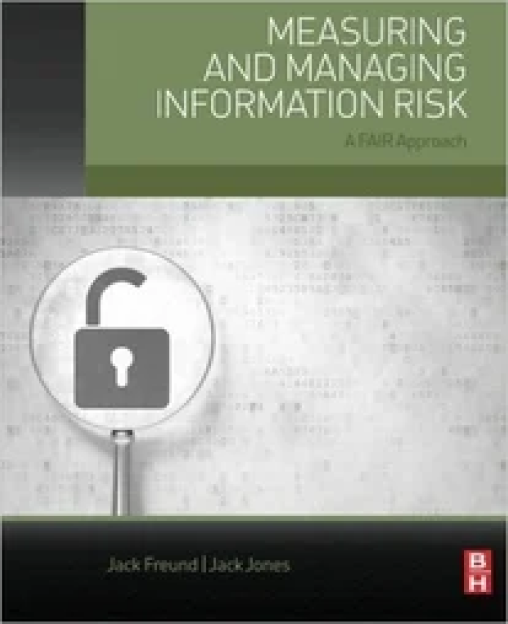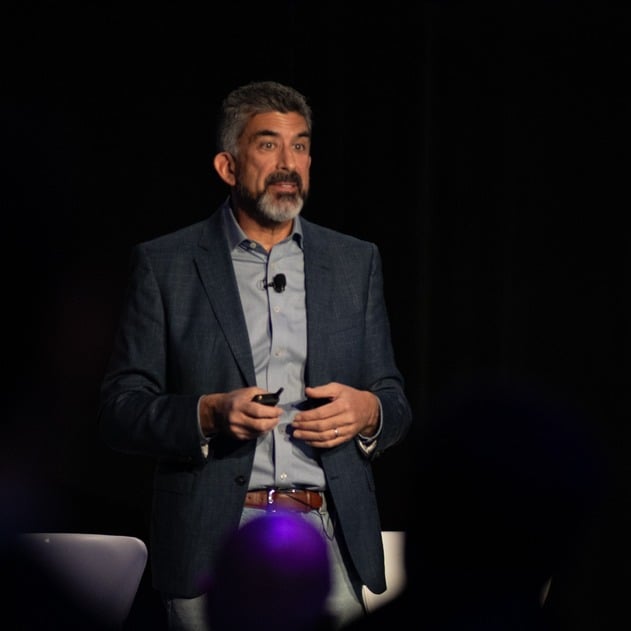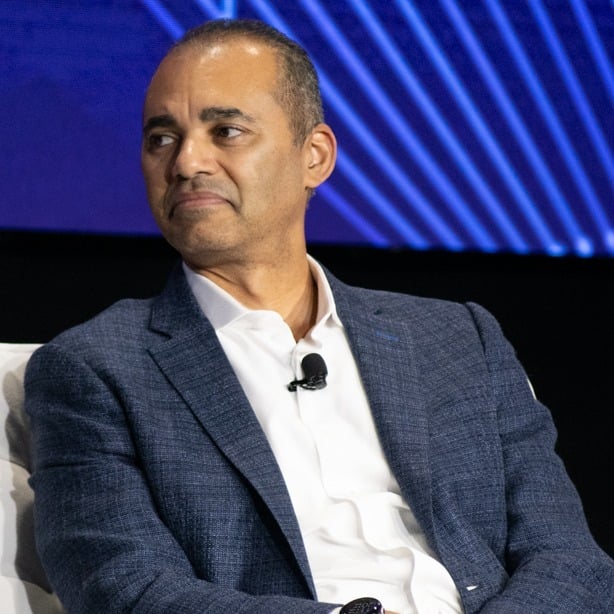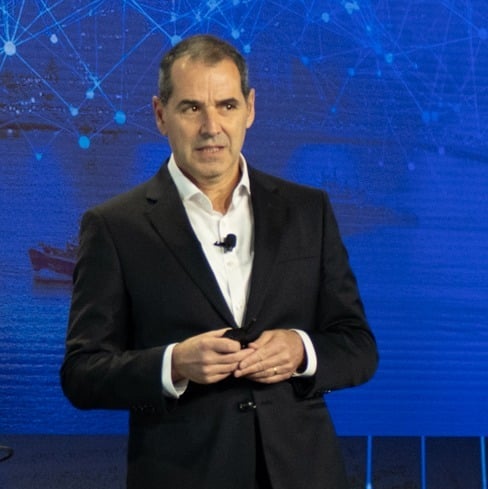Top 5 Questions I'm Asked as an Enablement Specialist for the FAIR Institute
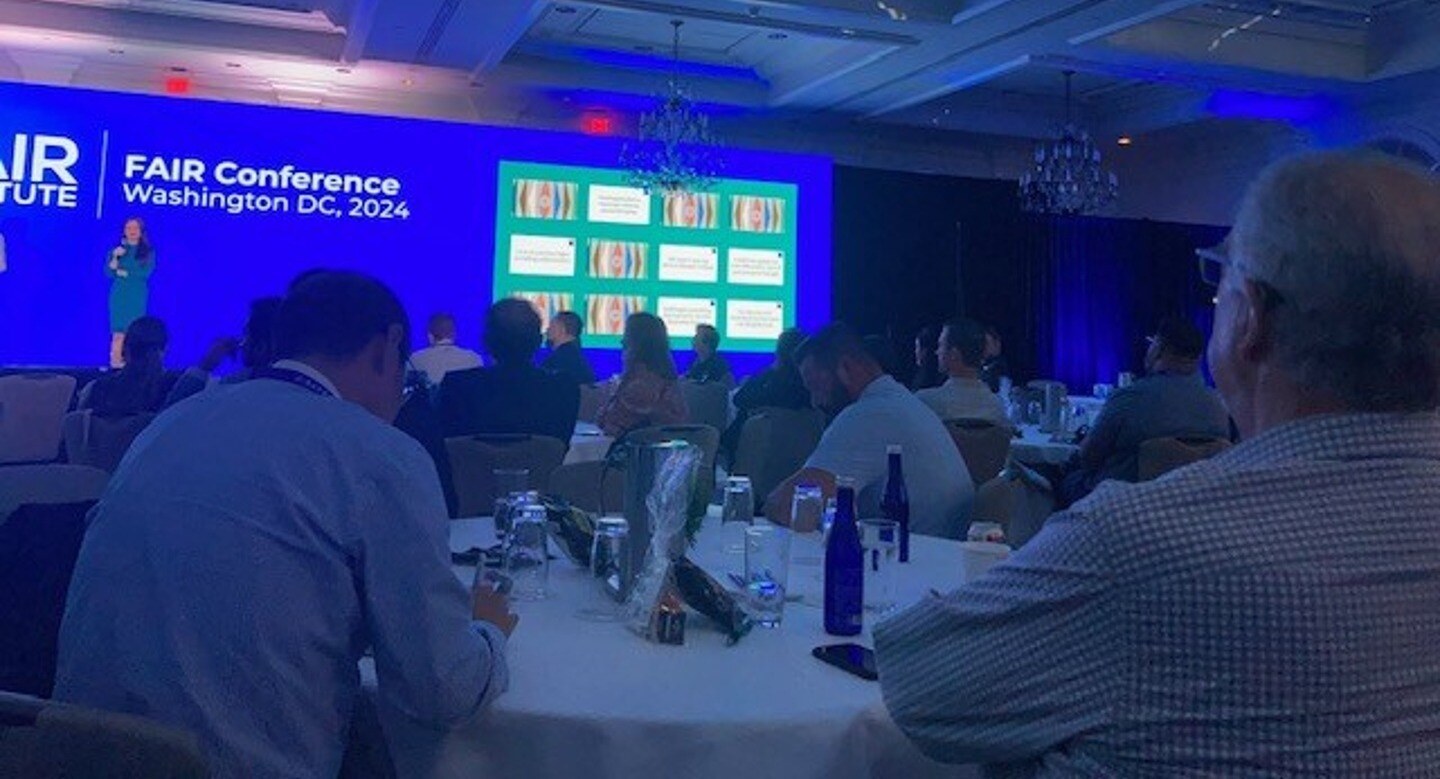
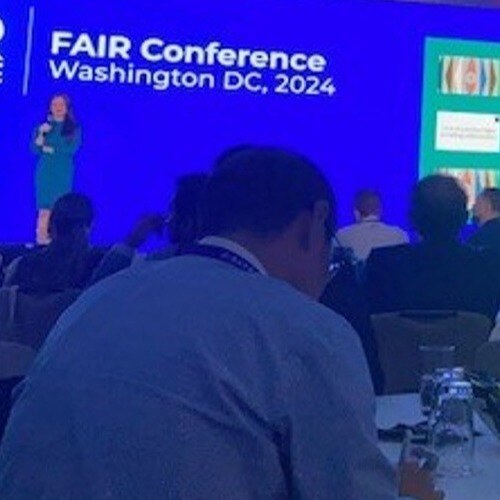
As an Enablement Specialist at the FAIR Institute, I help new members navigate their journey with the FAIR Model, the only internationally recognized standard for cyber risk quantification (CRQ). Through introductory calls and ongoing support, I ensure members are set up for success. In this blog post, I’ll share the top five questions I’m frequently asked and the insights I provide to help members make the most of FAIR.
1. What is FAIR?
FAIR (Factor Analysis of Information Risk) is an internationally recognized standard for CRQ, adopted by 50% of the Fortune 1000 companies. It breaks down risk into discrete factors, allowing organizations to analyze each component deeply and flexibly. This modular approach ensures that organizations can tailor their risk management practices to their specific needs.
Beyond its analytical power, FAIR creates a unified language for discussing risk. By standardizing terminology, it eliminates misunderstandings and enables clear, consistent communication across all stakeholders—from technical teams to executive leadership.
2. How do organizations roll out FAIR?
Organizations typically start with a crawl-walk-run approach. This phased methodology often begins with applying FAIR to a specific division or addressing the organization’s top ten risks. Starting small allows teams to build confidence and refine their processes.
One of the key strengths of FAIR is that it improves with each iteration. The more an organization uses the model, the better their results become, as they continuously enhance the quality of their data and analyses.
3. How does FAIR map to ISO and NIST frameworks?
FAIR is complementary to other risk management frameworks like ISO and NIST. In fact, these frameworks recommend using FAIR to strengthen an organization’s overall cybersecurity posture. For example, the NIST Cybersecurity Framework 2.0 points to FAIR as an “informative reference,” a valuable tool for integrating business and cyber risk perspectives. Learn more about how FAIR aligns with the NIST CSF.
4. Are there any FAIR-related certifications?
Yes! The primary certification available is the Open FAIR Certification, provided by The Open Group, our certifying body. While this is currently the only industry certification, the FAIR Institute is working on a new certification path for risk professionals, set to launch in 2025, along with expanded educational offerings.
To prepare for the certification exam, many professionals take the FAIR Analysis Fundamentals course, which includes theoretical lessons on FAIR, practical case studies, a comprehensive study guide, and a voucher covering the cost of the certification exam.
5. Are there any networking opportunities?
Absolutely. The FAIR Institute has a growing network of local chapters worldwide, including recent expansions in Europe, Asia, and the Middle East. Local chapters offer in-person and hybrid meetings, creating opportunities for members to connect, share insights, and collaborate—even if travel isn’t an option. The annual FAIR Conference brings together FAIR experts and learners from around the world.
Whether you’re just starting your FAIR journey or looking to deepen your expertise, these questions highlight the core aspects of what makes FAIR so impactful. By understanding and leveraging the model’s flexibility, complementary nature with other frameworks, and community resources, organizations can make significant strides in managing cyber risk effectively.
Have additional questions? Feel free to reach out to our Enablement Specialist team at fes@farinstitute.org or apply for membership to get started!



